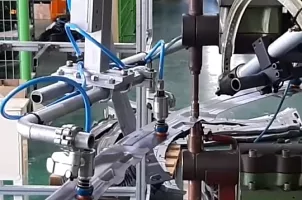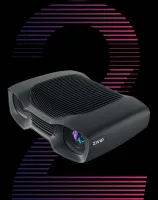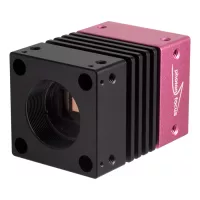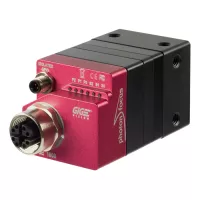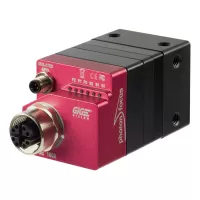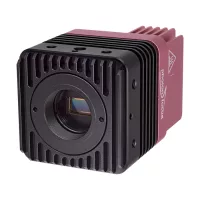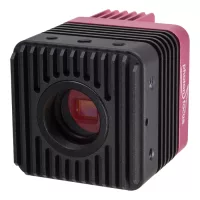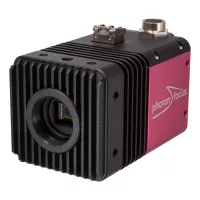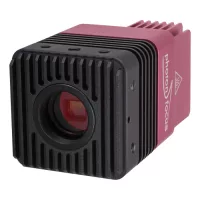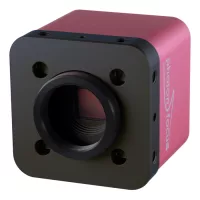SensoPart VISOR® Robotic - Vision sensor Specifications
Ranked Nr. 12 of 97 3D Vision Systems

SensoPart VISOR® Robotic is a cutting-edge vision sensor designed for industrial automation applications such as pick-and-place, assembly, gluing, and screwing. Its standout feature is its seamless integration with robot controllers, streamlining the vision system integration process. The sensor offers precise calibration methods tailored to specific applications, ensuring accurate results and optimal performance in diverse automation tasks. The utilization of Target Mark technology enables fast and efficient 3D object poses, enhancing its capabilities further.
The VISOR® Robotic's installation is made hassle-free with its 3D grip point transformation feature and standardized interfaces, facilitating easy integration into existing systems. The sensor comes in different versions, including the Advanced version for common image-guided robotics applications and the Professional version with extended functionality like enhanced calibration methods and 3D localization capabilities.
One of the sensor's primary applications is reliable material feeding, accurately locating and gripping components without the need for mechanical alignment, leading to cost savings and improved efficiency. Additionally, it excels at detecting component poses in screw positioning applications, enhancing production quality and reducing mechanical effort. For mobile workstations, the VISOR® Robotic ensures precision and flexibility, enabling mobile robots to move accurately, establish mechanical connections with Target Mark 3D technology, and implement workstation safety zones, maximizing productivity and safety.
| Industry |
|
| Application |
|
| Image Type |
|
| Resolution | 2560 |



